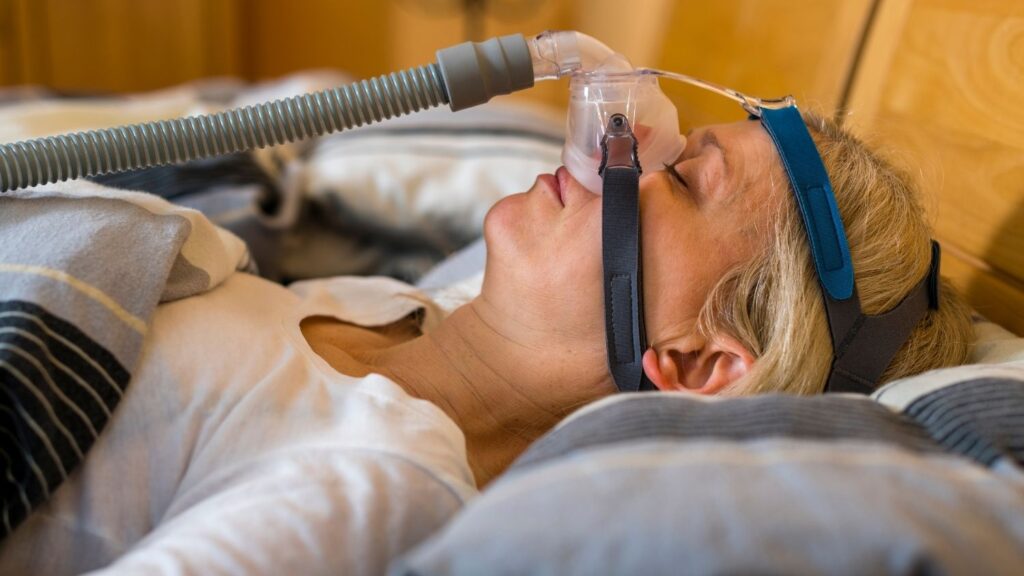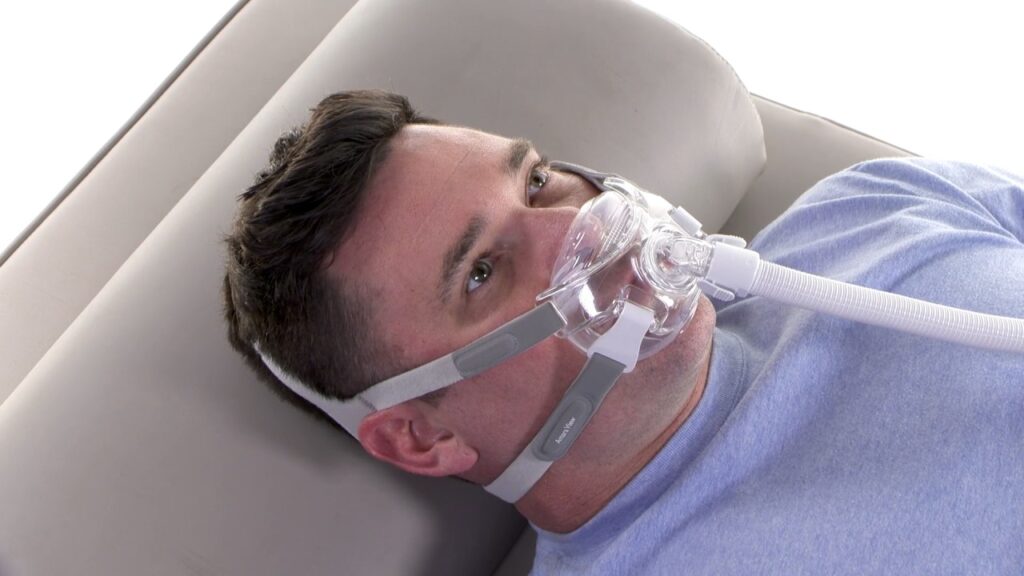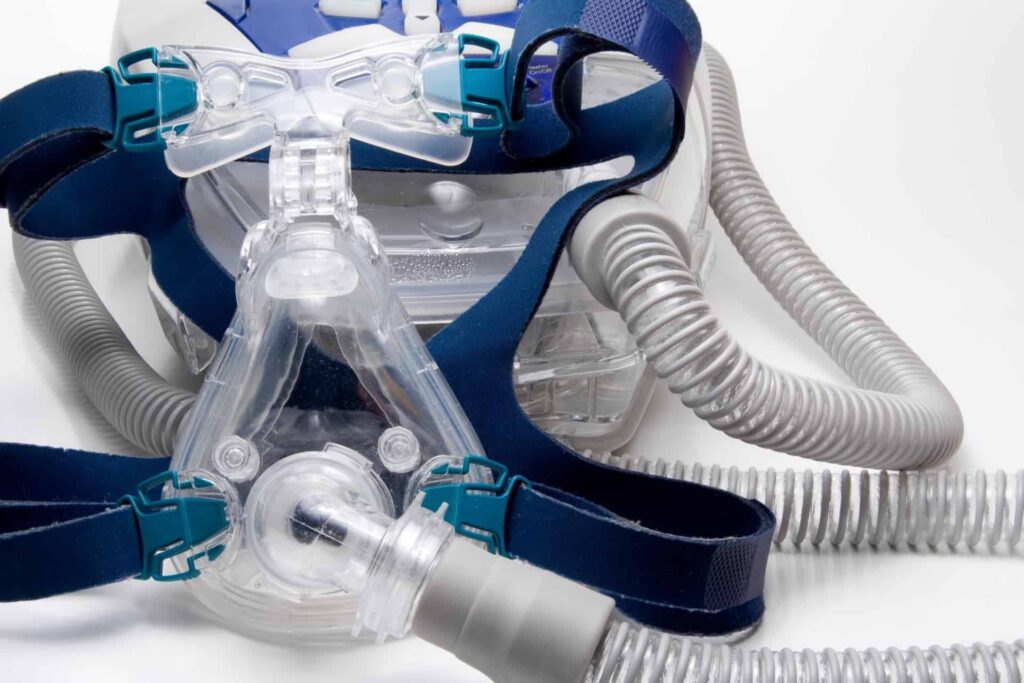Millions of Americans are affected by sleep apnea each year. It is a sickness where you repeatedly cease breathing at night. Though it is one of the most prevalent signs of sleep apnea, not everyone who has it snores. As a result, a sleep study is often required for a precise diagnosis.
According to the Australian Sleep Apnea Association, untreated sleep apnea may result in major health issues including diabetes, heart disease, and stroke. The importance of sleep apnea therapy is explained here.
CPAP Device
Positive Continuous Airway Pressure is referred to as CPAP. A CPAP is a compact machine that includes a mask and an adaptable hose. While you’re dreaming, the mask is on. The mask, which offers a smooth and constant air flow, supplies oxygen. Your airways are kept open all night long by this pressure.
The American Academy of Sleep Medicine won’t wake you or your wife up since the tubes are long enough to let you fall asleep and the device not create loud sounds on its own.
Tips for Using a CPAP Machine
Your CPAP machine may take some time to get adjusted to. Keep in mind that this is a lifestyle change and that it can take some time. The following suggestions are provided by the Australian Academy of Sleep Medicine:
- Wear your mask intermittently beginning in the evening. Wear it, for instance, when you read or watch TV.
- Apply CPAP therapy every night. This is crucial for both its efficacy and to facilitate your acclimatization. If you don’t utilize it often, your body finds it more difficult to acclimate.
- Use your CPAP if you decide to take a nap.
- Your CPAP should feel natural as you start to nod off; don’t be impatient if it takes a while.
- Check that your mask is properly fitted; a successful treatment requires a good fit. We’ll be happy to assist you in finding a suitable match.
- Use the CPAP “ramp” mode if the pressure is too high.
- Maintain consistency with your CPAP usage throughout the night.
- A specific pillow made to suit CPAP machines could be required.
- Frequently clean the instruments
- Never be afraid to inquire.
Avoid Common Mistakes
Wrong Sized Mask
Make sure you have a suitable CPAP mask by working closely with your physician and CPAP provider. Since everyone is unique, the perfect design and size mask for someone else may not fit you.
Wet Nose
Make sure your mask fits you well. Your nose may get dry from a leaking mask. If you have to tighten the mask repeatedly, it does not fit properly.
A heated humidifier is attached to an air pressure machine in a CPAP system. The degree of humidification may be fixed. When it’s time to go to bed, a nasal saline spray may also assist with a dry, stuffy nose.
Mask leakage
You will not get the full air pressure and may have skin irritation if your mask is leaky or insufficient. Your eyes would get dry or watery as the mask blew air into them.
Belts and cushions may be adjusted to fit more comfortably. Make sure the gadget does not rest too high on your nasal bridge and does not blast air into your eyes if it rests over your nose.

Dry Mouth
Some CPAP units may make it worse if you breathe through your mouth while you sleep. Utilizing a chin strap while wearing a nasal mask will assist in keeping the mouth tight and lessen air leakage.
You might also benefit from a face-covering mask device that protects your mouth and nose. A CPAP humidifier attached to the air pressure device might also be beneficial.
Use these recommendations while you’re traveling.
Swimsuit—check. Check the neck pillow. Check, check, check—sunscreen, hiking boots, nice book. Your convenient CPAP machine is the last item you need to pack before you go on your ideal vacation. If this is your first time taking your CPAP machine on the road, you may be feeling a bit overwhelmed. Is it delicate? Will it be difficult for me to pass airport security? Should I bring it on the flight or check it with my other bags? Will it take up a lot of room in my luggage? You undoubtedly have a lot of questions, but don’t worry about it. We have the solutions for you. Here are some suggestions to make your trip easier, CPAP and all.
Avoid checking your CPAP device.
Have you ever had a piece of baggage misplaced by an airline? If you’ve ever been in that predicament, you are aware of how frustrating it can be to be without a phone charger, a pair of tennis shoes, or your go-to pajamas. Imagine how unpleasant it would be if your CPAP machine was transported to Des Moines, Iowa during a stopover instead of Cape Town, South Africa with you because it was packed in a bag that ended up being misplaced. Airlines don’t include CPAP machines as carry-on items since they are medically required, so you should be able to keep one in the overhead compartments. Before leaving, check with your individual airline to make sure there aren’t any special requirements, such a necessary doctor’s letter.
Be Prepared to Pass Security
To put the CPAP machine through the X-ray machine, it must be taken out of its casing and put into a container. However, the CPAP machine casing may be left with the tubing and face mask inside. Placing the machine in a transparent plastic bag before it passes through the X-ray is a good idea if you’re concerned about germs that could be hiding in security bins. A TSA agent may need to swab your CPAP machine and then put the swab into a specific machine to check for explosive residue as part of an Explosive Trace Detection test. To further assure the protection of all passengers and flight crew, this additional security action is being taken.

Bring a voltage converter.
You undoubtedly packed your wall outlet adaptor if you are going abroad. After all, your CPAP machine cannot be plugged into an outlet with a different shape than the two-pronged ones seen in the United States. Electricity frequencies might differ from one nation to another, which is another significant distinction. While Indonesia utilizes 230 V and 50 Hz and Japan uses 100 V and 50 Hz/60 Hz, the United States operates on 120 V and 60 Hz. You’ll probably damage your device and make it entirely worthless if you attempt to put it into an outlet with a greater voltage. In other cases, a lower voltage can prevent the equipment from operating at all. If your equipment doesn’t have a dial that lets you manually change the voltage before traveling, you may buy a voltage adaptor to be sure the voltage differential won’t break your CPAP machine.
To sleep on the flight, book a flight with Outlets.
You should use your CPAP machine if you intend to sleep while traveling (check out this blog for some advice if you have difficulties sleeping on an airplane). Most airlines include power plugs in first or business class so you may plug in your device and catch some Zs while flying. Learn which airlines provide power outlets in the economy class. Additionally, be sure to phone your airline before making your reservation to ensure that you have a seat with a socket for your device.
Think about purchasing a portable CPAP machine.
Consider buying a travel-sized CPAP machine if yours is too large or you believe it will be difficult to carry it to and from the airline and your hotel. They are more compact and often include batteries, which might be useful if you want to go camping or visit a place without power. Remember that most insurances only cover one CPAP machine, so you could have to pay for this yourself.
Don’t allow your sleep apnea prevent you from checking off places on your trip wish list. Use our advice to make taking your CPAP machine on the road a snap, so you can relax and take advantage of your trip while knowing you have the tools you need to manage your sleep apnea.

